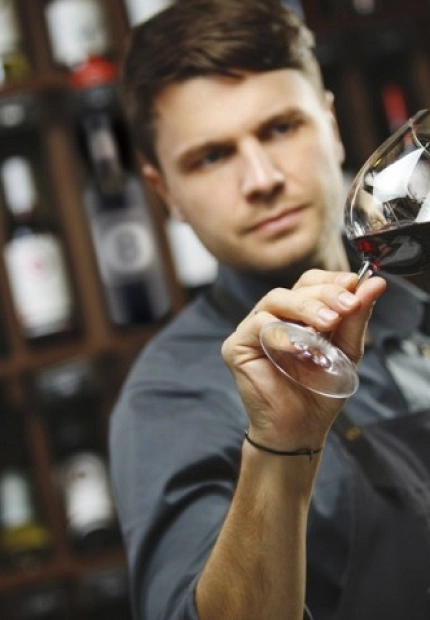Do you know how to taste a red wine? These are some practical tips.
Tasting a red wine is an experience that goes beyond simply drinking the beverage; It is a sensory journey that allows you to explore the complexities and nuances of this delicious creation. From choosing the glass to appreciating the aromas and flavors, each step in the tasting process contributes to the full appreciation of the wine. Below is an extensive tour of the key aspects of tasting a red wine, a step-by-step guide for those who want to immerse themselves in the fascinating world of wine tasting.
1. Environment Preparation:
Tasting red wine begins with creating the right environment. Find a quiet place free of strong odors that could interfere with the subtle aromas of the wine. Make sure you have adequate lighting to appreciate the color of the wine, and select a clear crystal glass with a rim wider than the base to allow for proper oxygenation.
2. Choice of Cup:
The choice of glass is crucial to maximize the tasting experience. Opt for glasses with a long stem to avoid heating the wine with the heat of your hands. Additionally, a wider opening allows oxygenation and the release of aromas. Glasses designed specifically for red wines typically have a wider, rounder shape to enhance the characteristics of these more robust wines.
3. Visual Observation:
Once the wine is poured into the glass, begin the tasting by visually observing the liquid. Hold the glass by the stem and look at it against the light. Observe the color and opacity. A young red wine tends to have brighter, more purple tones, while more aged red wines may show darker tones, such as maroon or even amber in older cases.
4. Aroma Evaluation
Gently twist the glass to release the aromas and bring it to your nose. The first inhalation will give you a general impression of the aromas. Then, dive deeper to identify specific notes. You can perceive fruits, spices, floral notes or even smoky touches depending on the type of grape and the winemaking process. Remember that the intensity of the aromas can also provide clues about the age of the wine.
5. Evaluation of First Contact in the Mouth:
The first sip should be small and allow you to evaluate the initial sensations. Distribute the wine throughout your mouth to cover all your taste buds. Note the texture, body and structure of the wine. Red wines are often described as dry, semi-dry or sweet, depending on the amount of residual sugar.
6. Evaluation of Flavors:
After the first sip, pause and reflect on the flavors you perceived. Identify the layers of flavor, from fruits to spices and possible earthy undertones. Consider how these flavors evolve as the wine develops in your mouth. Complexity and length of flavor are key aspects of a good red wine.
7. Evaluation of Acidity and Tannins:
Acidity and tannins are fundamental elements in red wines. The acidity provides freshness and vitality to the wine, while the tannins, coming from the skins and seeds of the grapes, contribute to the structure and can be perceived as astringency. Evaluate how these elements balance each other and other components of the wine.
8. Consideration of Completion:
The “finish” or “finish” refers to the flavors that linger after you swallow the wine. A good red wine will have a long and pleasant finish. Take note of the residual flavors and how they evolve in the mouth. This aspect can reveal more about the quality and complexity of the wine.
9. Wine Temperature:
The temperature of the red wine is crucial for tasting. Red wines are usually enjoyed slightly warmer than white wines, but not too hot. Make sure you serve them at the right temperature to bring out their best features. A range of 16-18°C is usually appropriate for most reds.
10. Grape Varieties and Wine Regions: Each grape variety and wine region has unique characteristics that influence the flavor and aromatic profile of red wine. Get familiar with the distinctive characteristics of the main varieties, such as Cabernet Sauvignon, Merlot, Pinot Noir, Syrah, Tinta de Toro and explore wine regions, from Bordeaux to the Tuscany region by taking a tour of Toro.
Tasting a red wine is an art that is perfected with practice and patience. The key is to enjoy the process and trust your own taste buds. Red wine tasting is not only a sensory experience, but also an opportunity to immerse yourself in the rich wine culture and appreciate the diversity that this elixir has offered throughout history.

